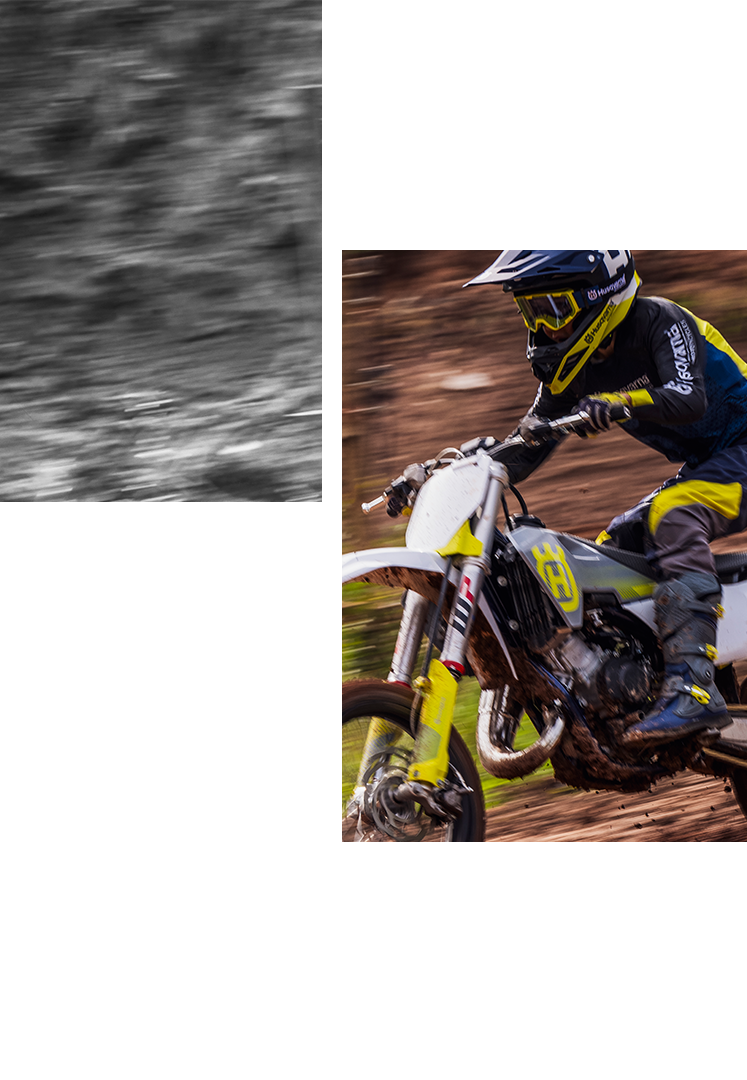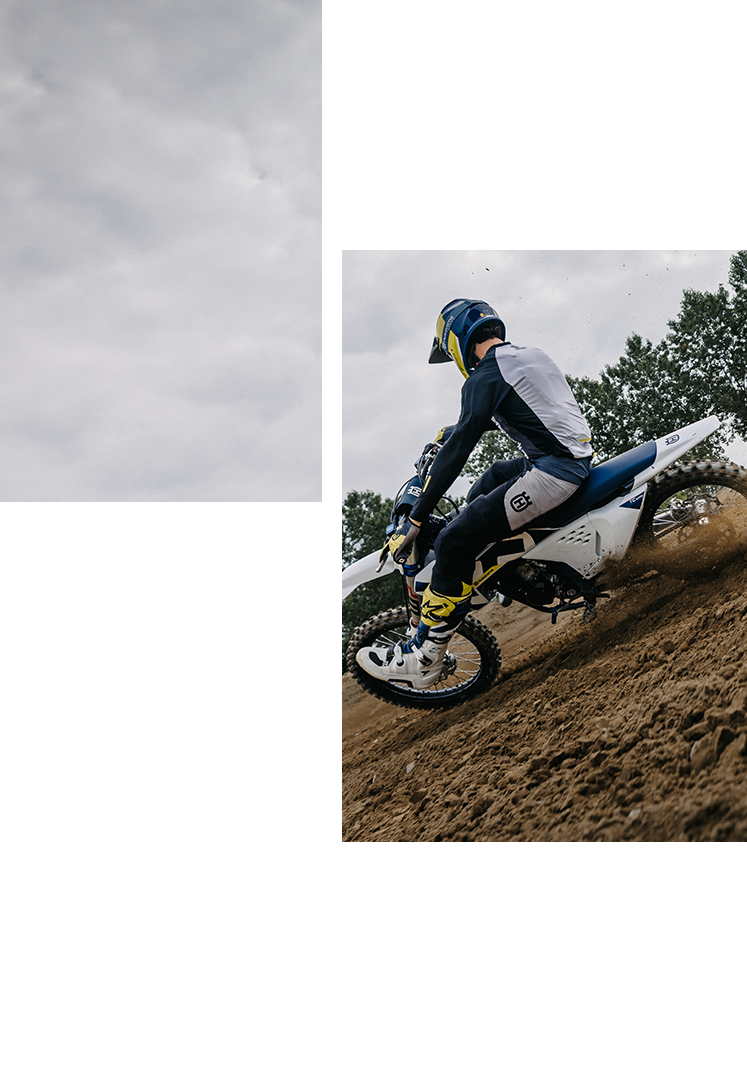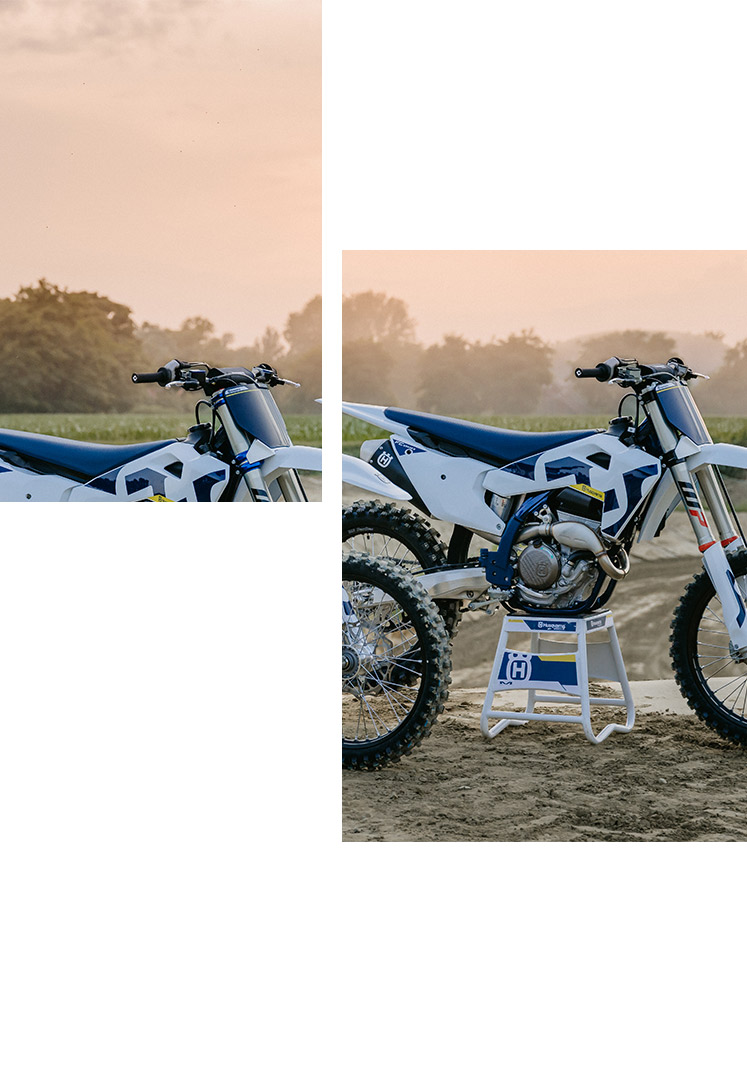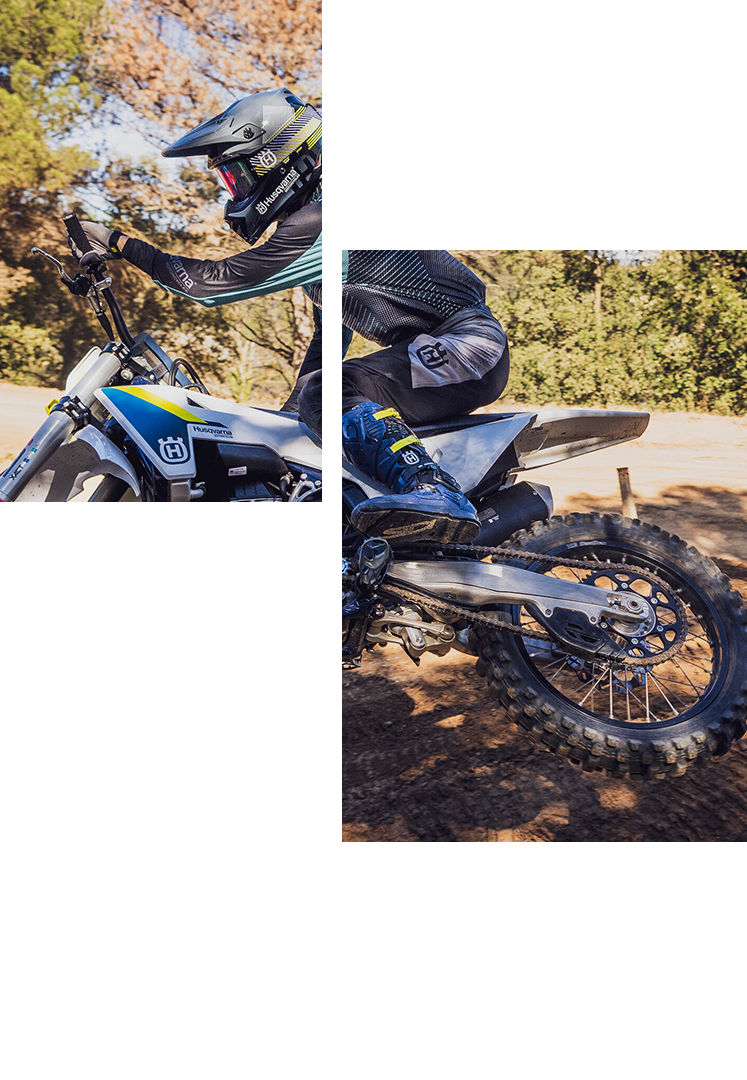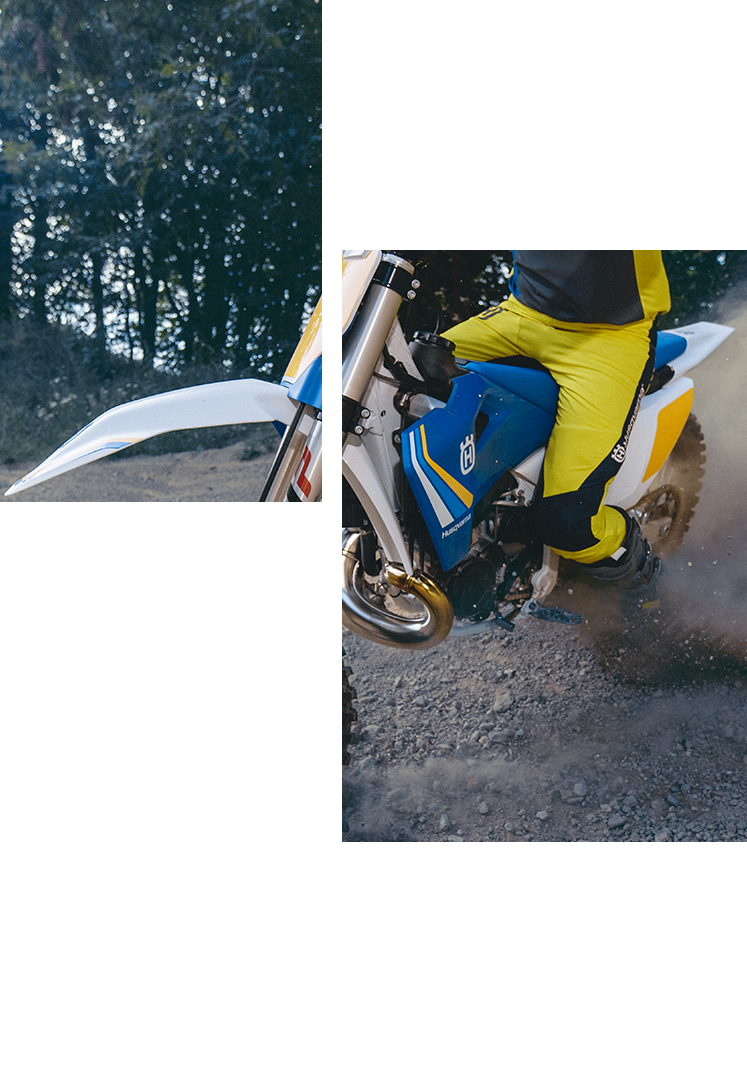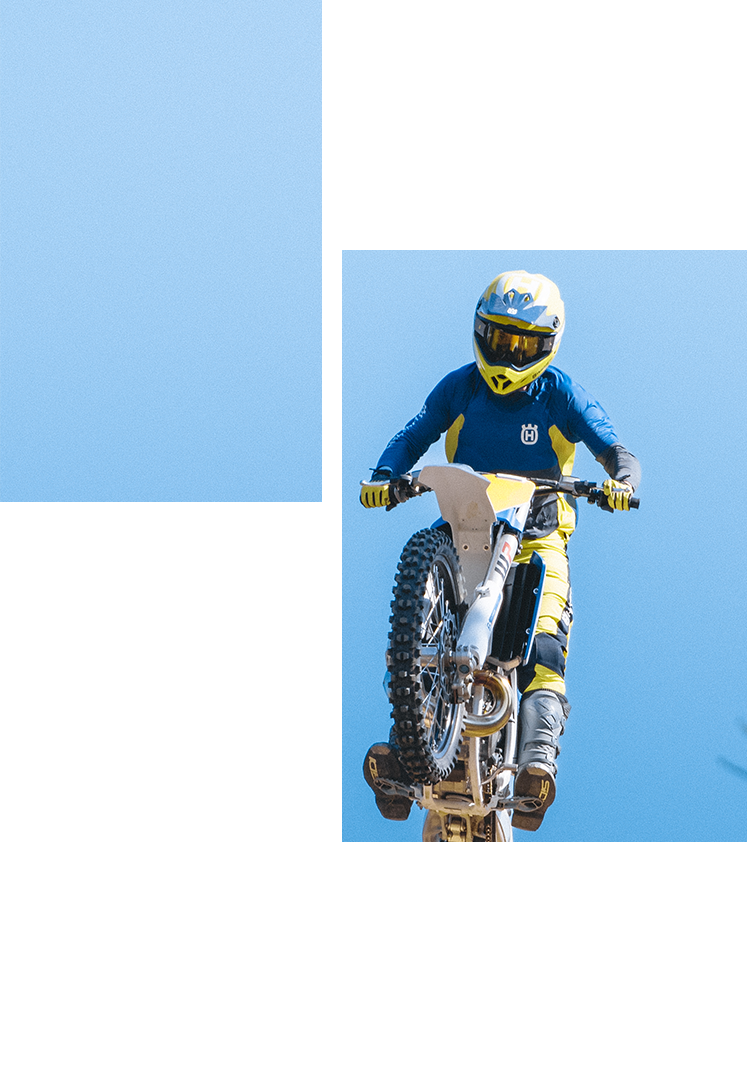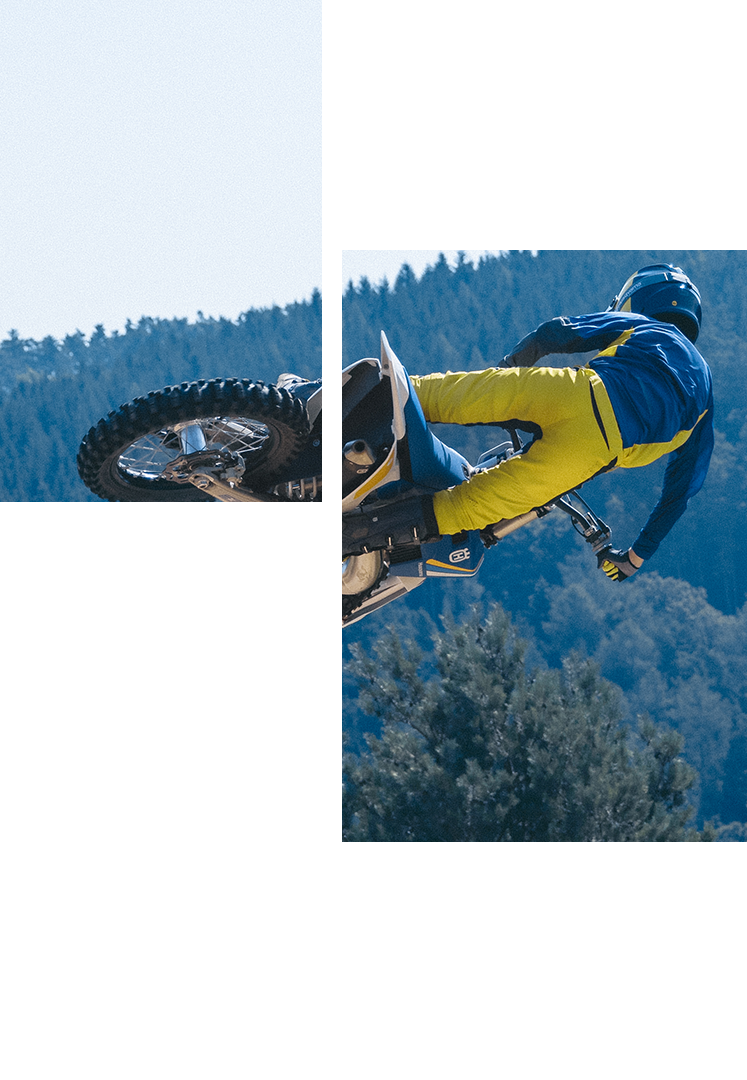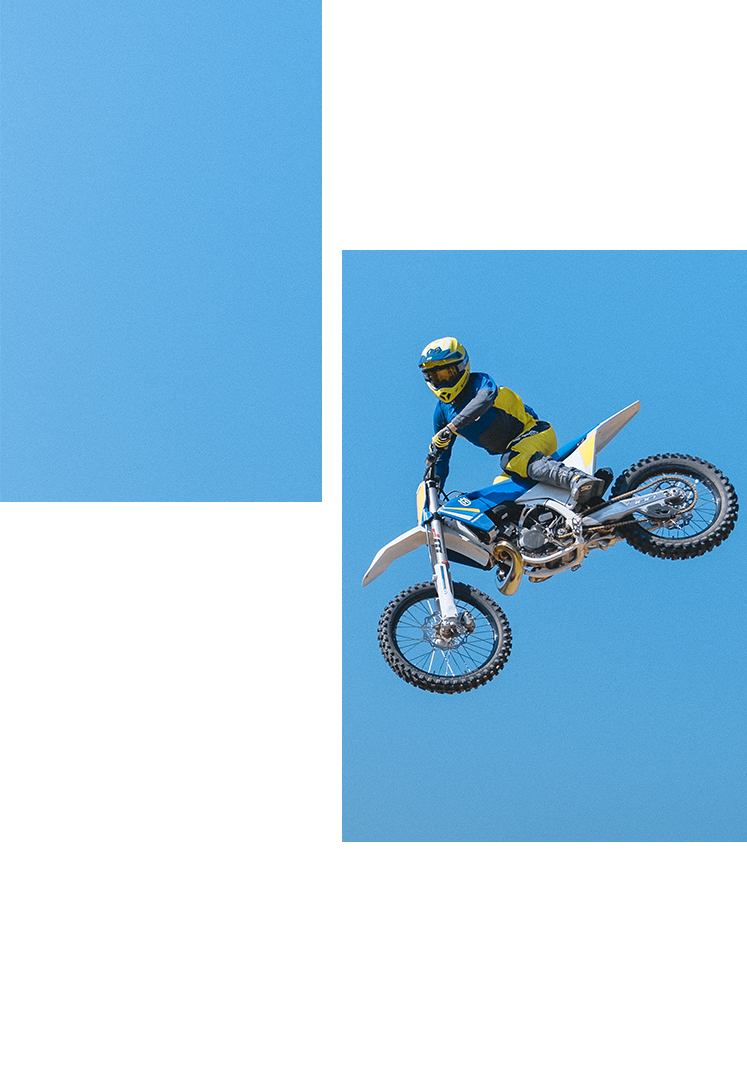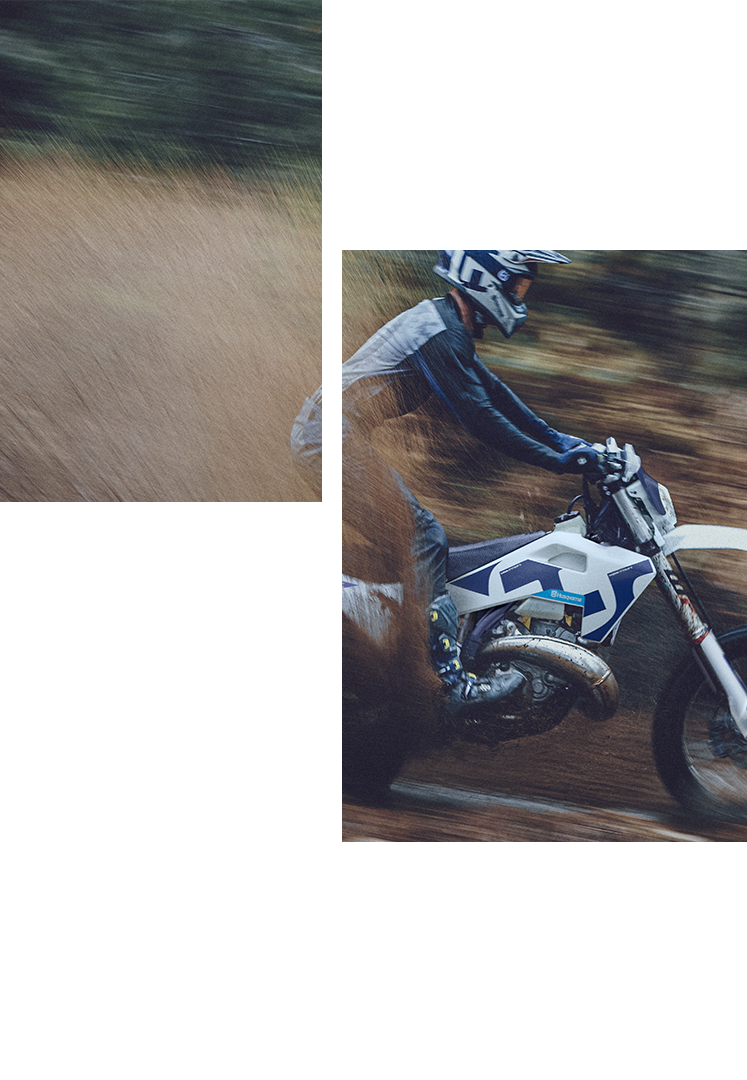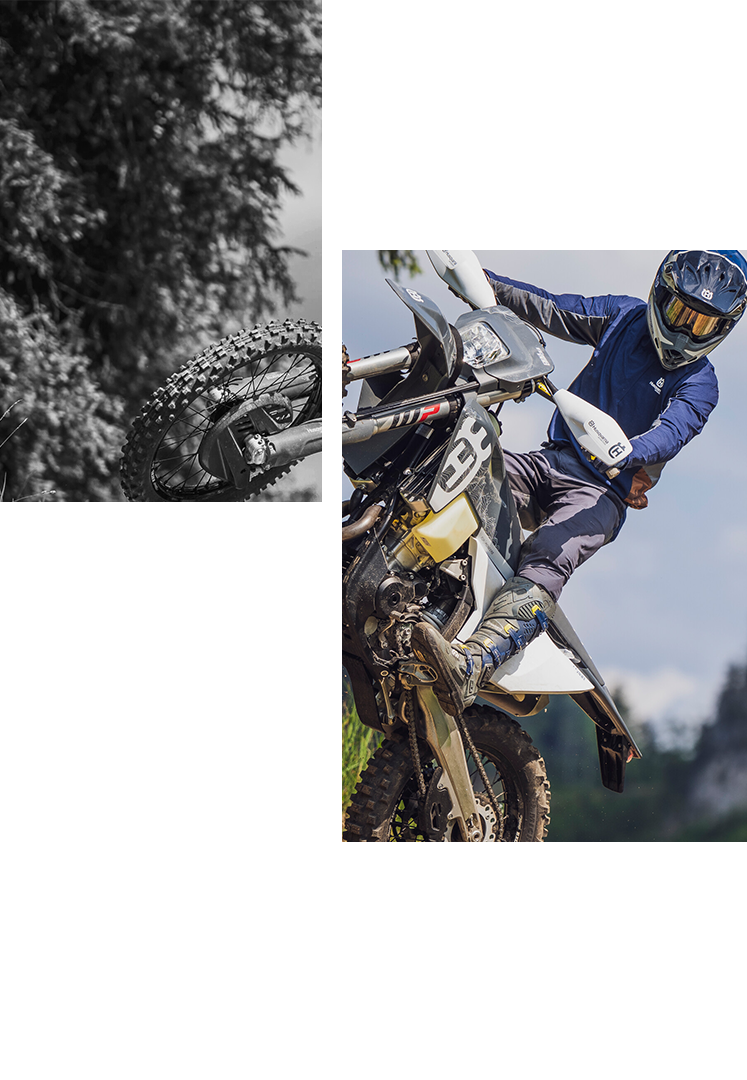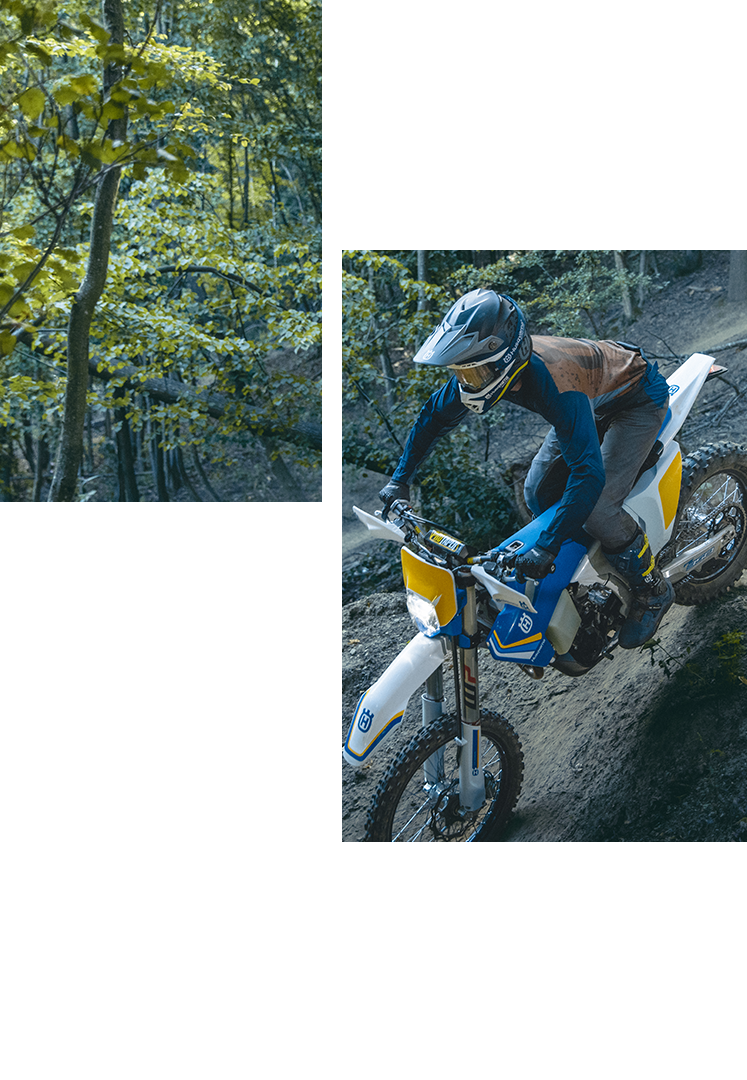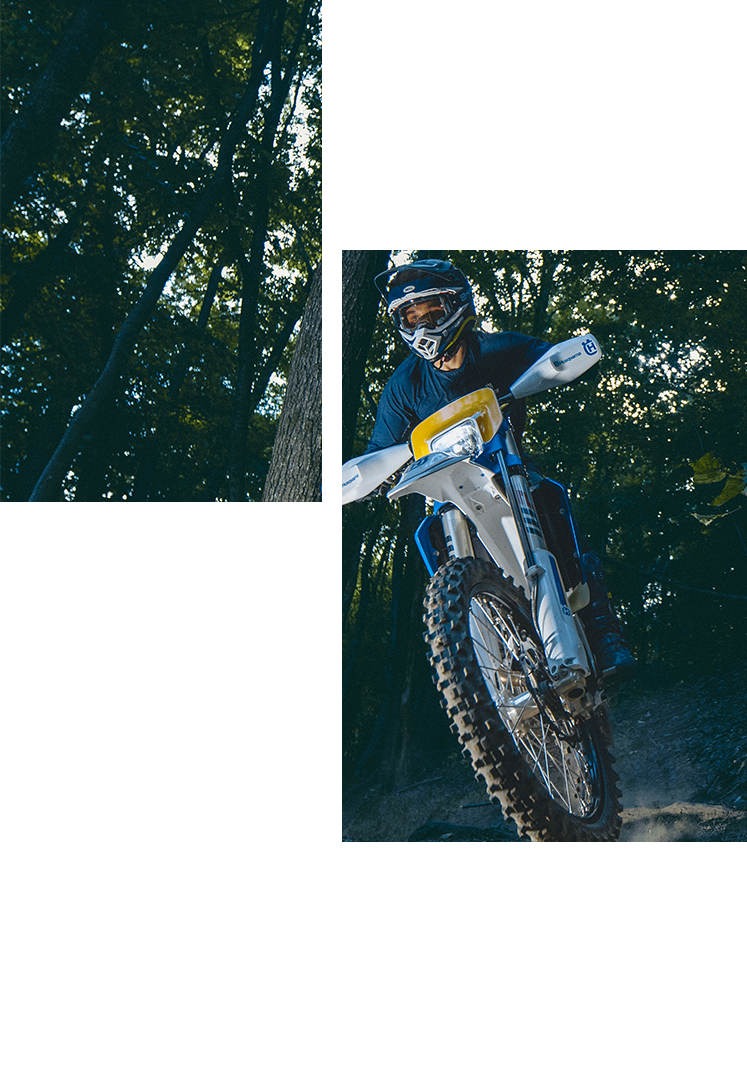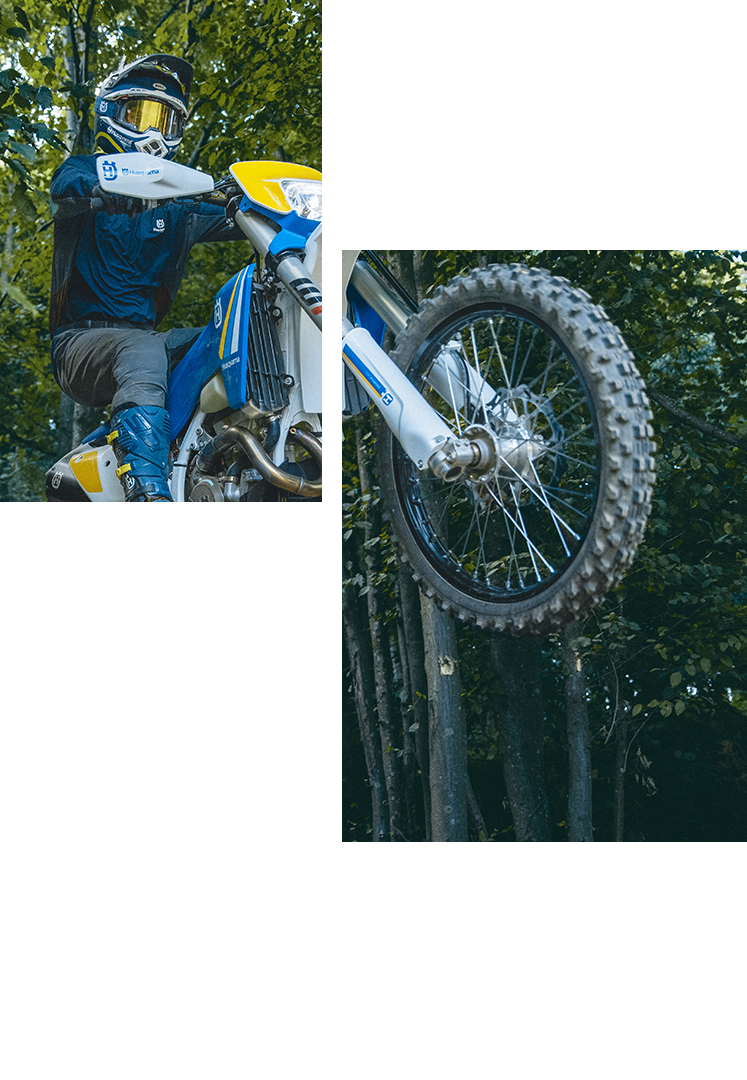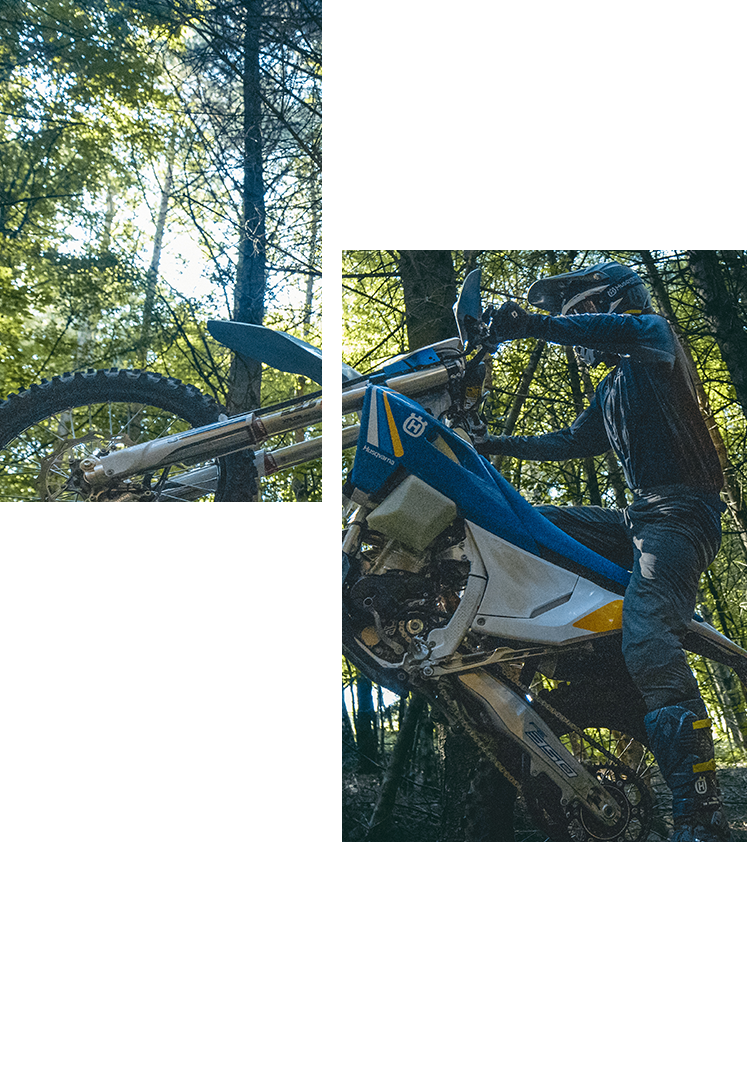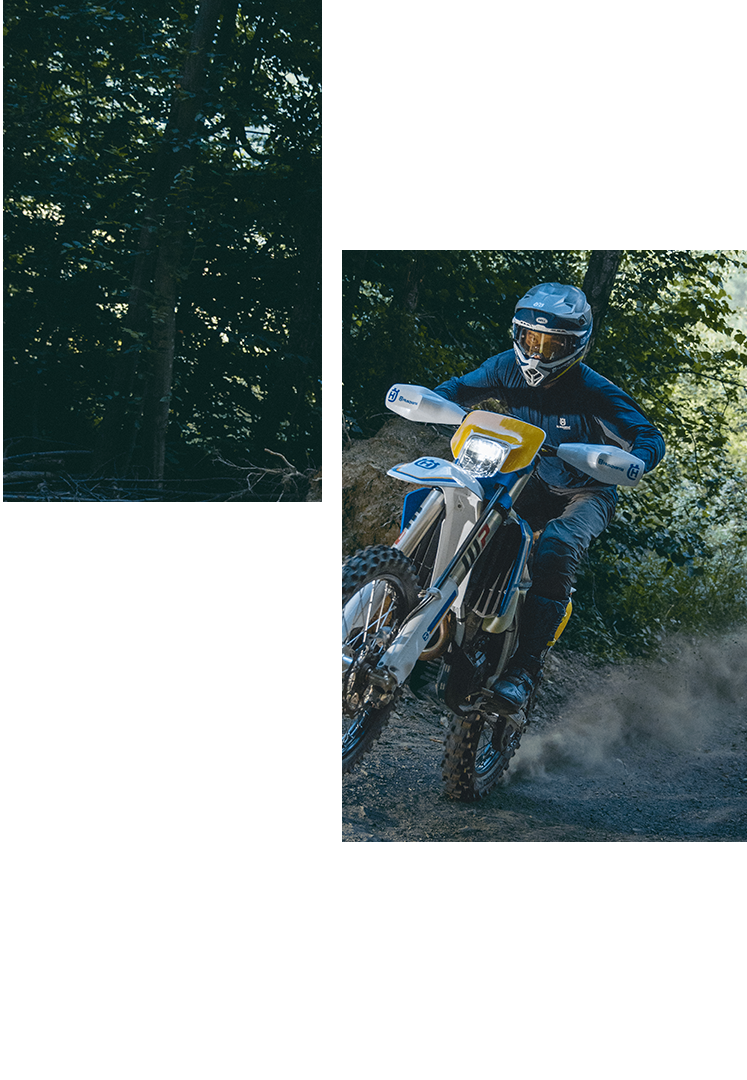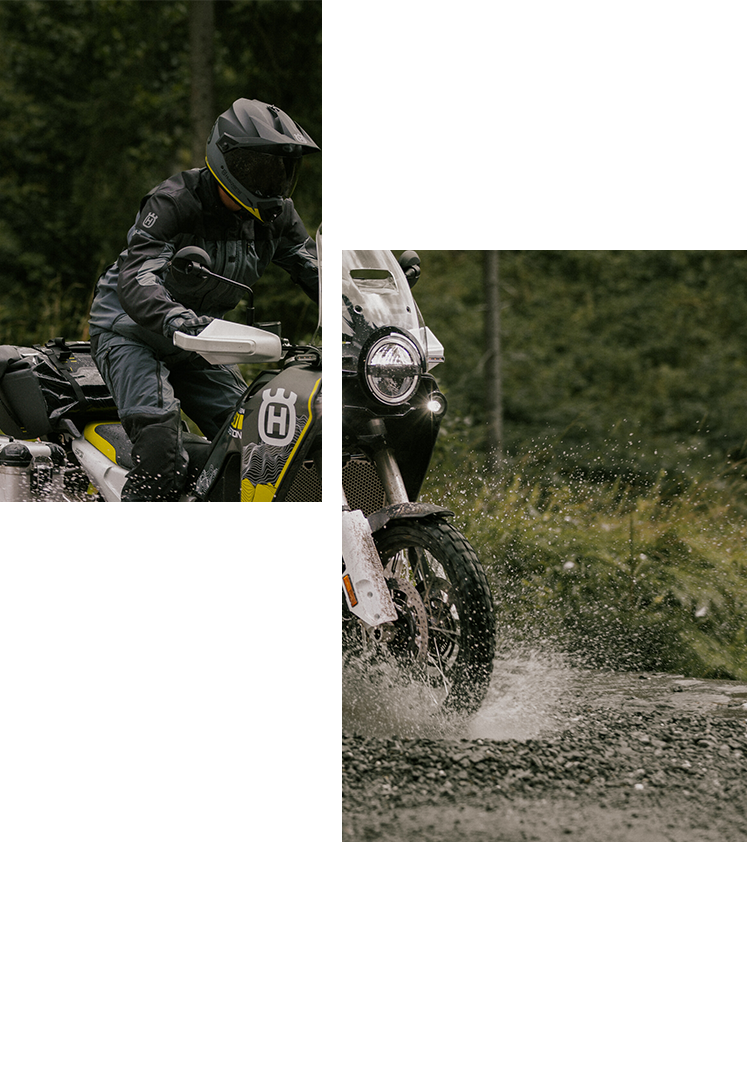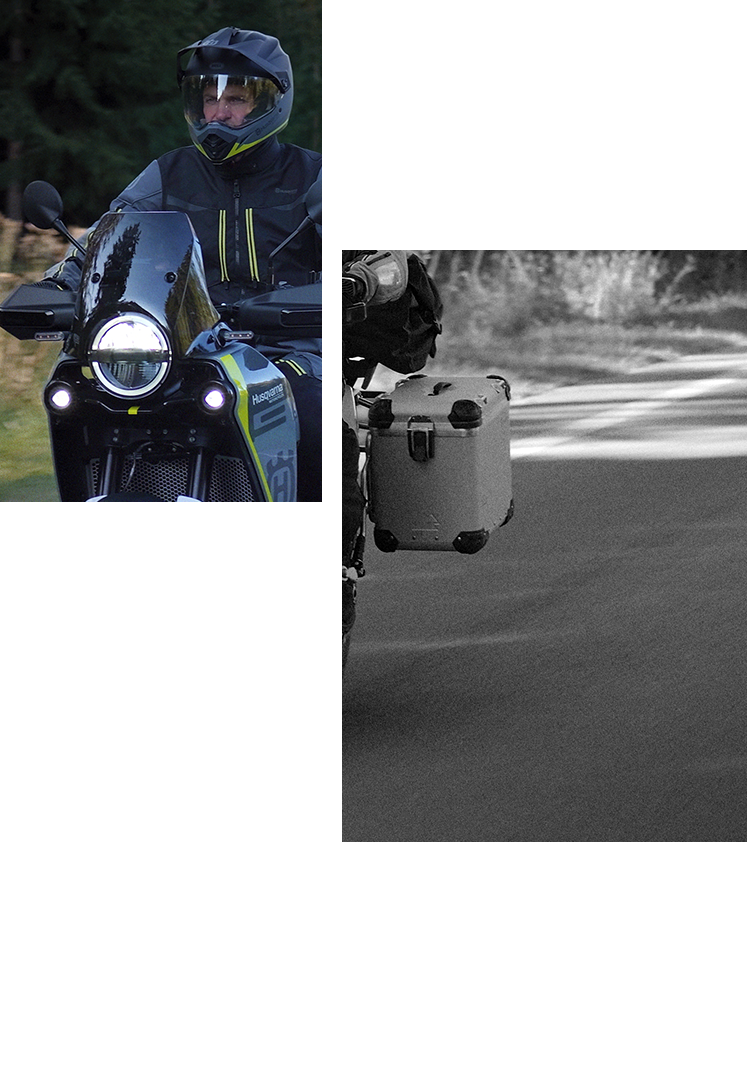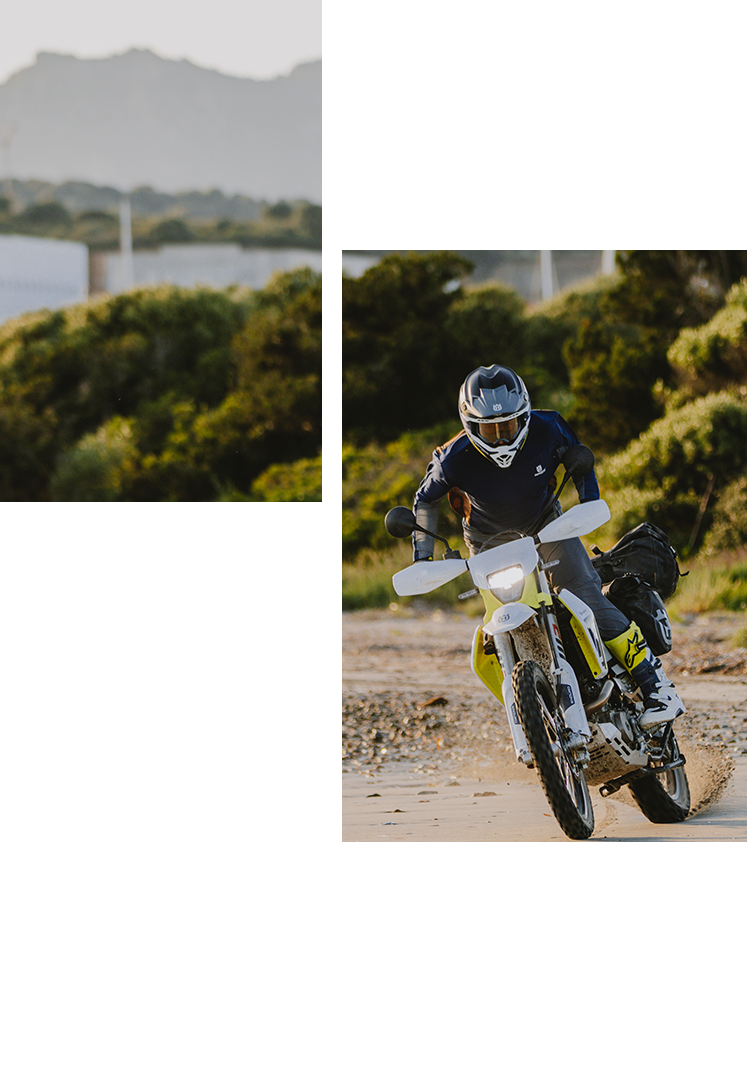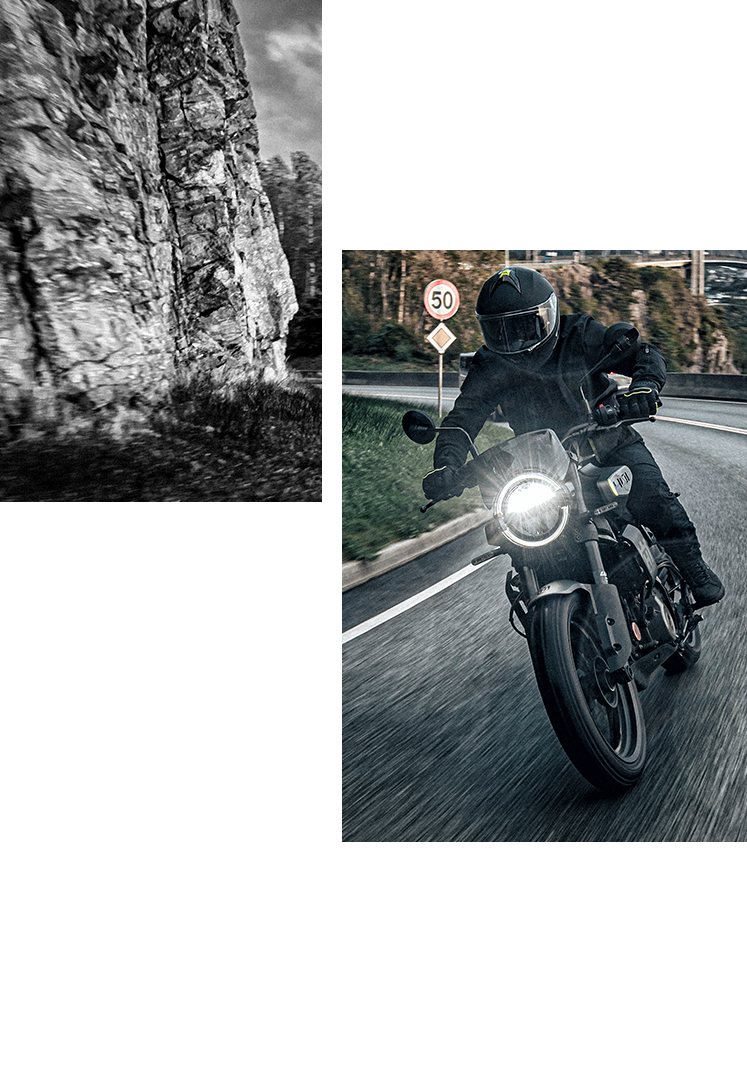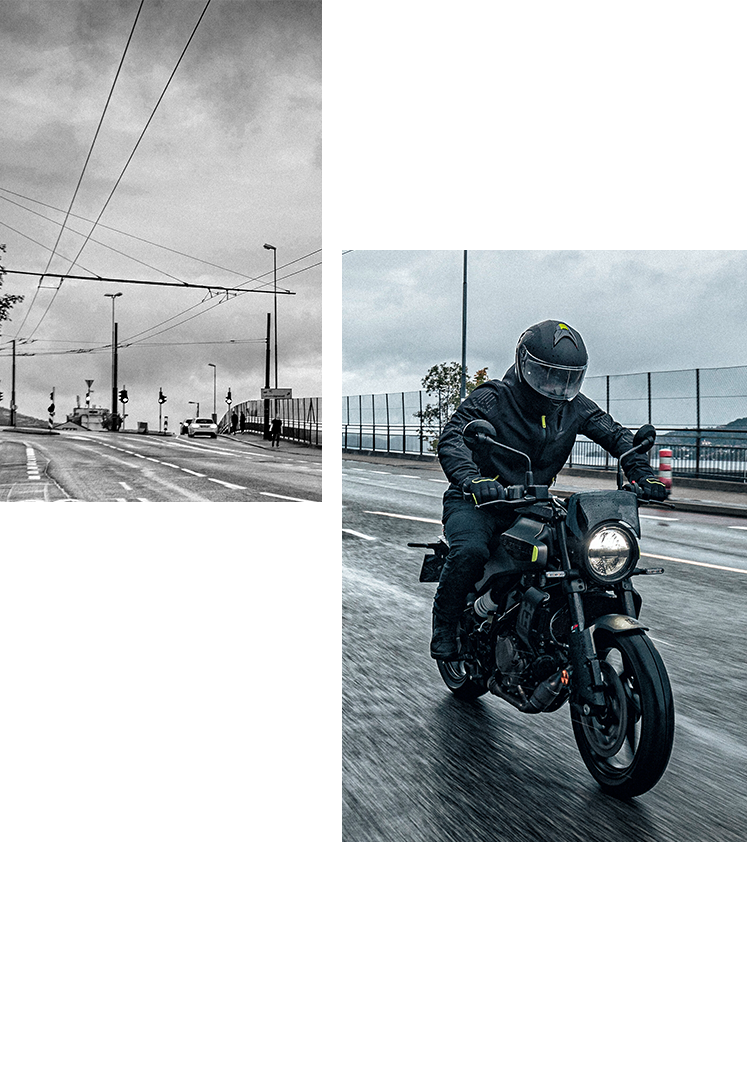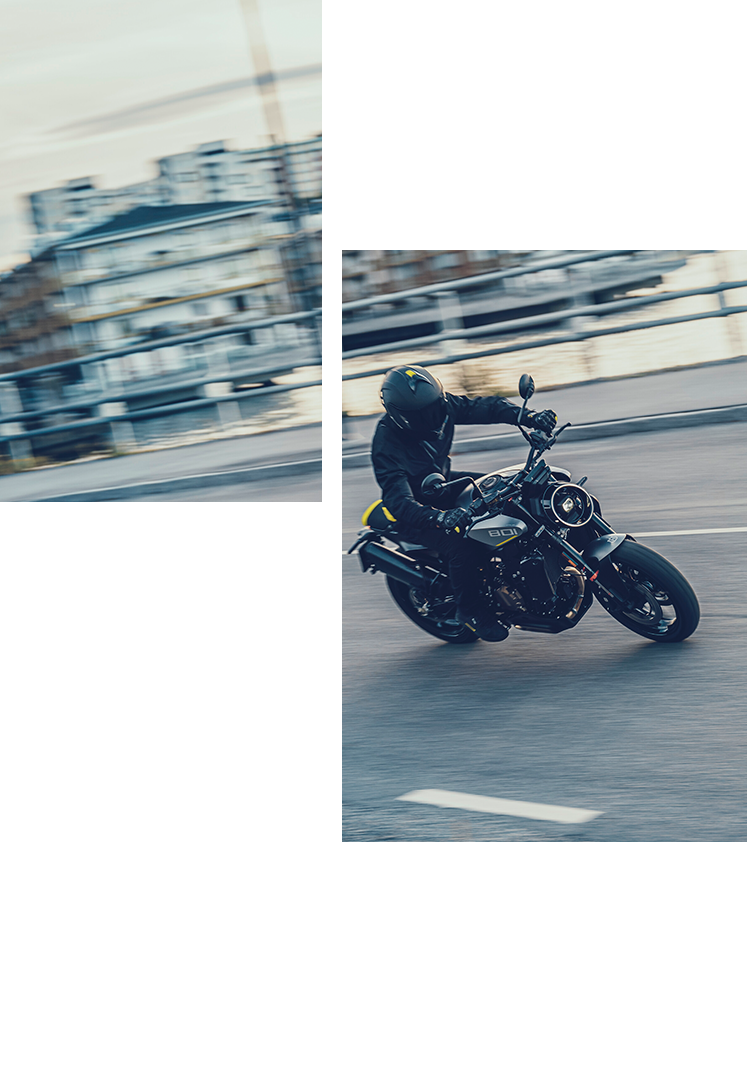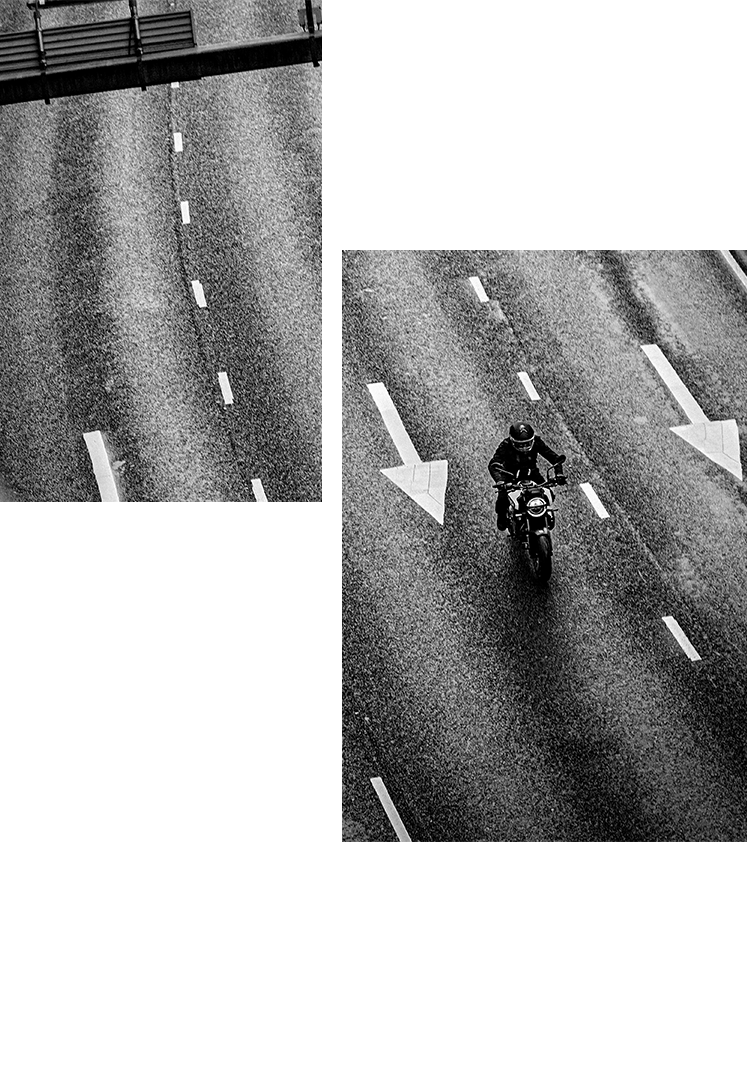Husqvarna had enjoyed a good season in 1958. Names such as Rolf Tibblin, Stig Rickardsson, Lennart Dahlén and Torsten Hallman turned up more and more often in the media headlines. The new 250cc bike had been introduced in midseason and had been delayed by a few months due to lack of capacity at the factory. However, once there, it turned out to be very competitive and had good potential to beat the opposition from competing brands such as Greeves, Jawa, Maico, ESO and BSA. They were all European makers with factory support for their top riders. The 22-year-old Tibblin managed to win his first championship victory in Bielstein, Germany in competition with riders representing 13 countries. When the books were closed for 1958, four Swedish Husky riders were among the top nine in the final chart having travelled around Europe for four months.
European Champion
By Kenneth Olausson
In the late 1950s, world class riders competed for the European 250cc Motocross Championship. Husqvarna produced 10 factory machines, which were handed out to the six best Swedish riders. They raced against top names from Great Britain, Czechoslovakia and Germany. It was a 13-round series during a four-month chase for this desirable title.
It was a splendid year for the Swedish factory, which was considered a rookie in the quarter-litre class. More things happened this season. In the beginning of October, Rolf Tibblin made his debut when he straddled the new 4-stroke 500cc motocross race machine from the Swedish Arms factory based in Huskvarna. The introduction was held in a minor MX event in Hallstavik, just north of Stockholm. But the headlines were big the following morning. With this sensation, the motorcycle world had been caught with their pants down! It was intended that Tibblin should race this beast during 1959 when he was free from participating in the 250cc European championship.
But let’s go back to late 1958 – a little before the coming triumphant year. In the winter months, Husqvarna had prepared their new 245cc machine with a bore x stroke of 69.5 x 64.5 mm. The engineers tuned up the standard power plant with a compression of 9.3:1. They also introduced a completely new alloy cylinder, made to improve the performance of the engine, which was fed by a 32 mm Bing carburettor. On the test bench, the lab people noted an output of 16 horsepower at 6,000 rpm - satisfactory figures! The leading-link front forks were also overhauled for better overall suspension. 10 units were built and distributed to the following top riders: Rolf Tibblin, Stig Richardsson, Lennart Dahlén, Torsten Hallman, Per-Olof Persson and finally Sievert Eriksson. Everybody looked forward to an exciting season going around Europe, from Austria to the final in Sweden.
The initial venue was organised in mid-April at the Sittendorf track. The rain poured down as the 33 competitors raced off the starting line after the Austrian flag had been dropped. Tibblin made a good start, but it took him half the moto to move into the lead, which he managed to keep afterwards. At the finish he was 1.4 seconds ahead of two German riders. In the second heat, he had a bad crash and had to be taken to hospital where he was stitched up. He also injured one of his eyes with the consequence that the Swede missed the following two rounds, held in Switzerland and Belgium. In Schwerin, East Germany, a huge crowd of 50,000 spectators came to watch la crème de la crème of motocross. Tibblin made his comeback, but he was once again forced to abandon being unable to focus with his eye still hurting.
Things looked much better in Prague where the interest in MX was huge. Tibblin tried again and made it home in fourth, picking up valuable points. But the British riders were still dominating the European Championship chart. It should have changed in Gliwice, Poland. Rolf Tibblin won the first heat comfortably but had to retire from the second after five laps with technical problems. May passed into June, when the big leap came for Tibblin and Husqvarna. In Ludweiler, Saar, 35,000 spectators saw the Swede take his first overall win in Germany. "Everything went according to plan," Tibblin sang, "but my eye is still sore".
Unfortunately, Italy was another disaster with zero points gained. Up and down like a rollercoaster: France was lucky for Tibblin, who again won overall. And he repeated his success in the coming two rounds in Lichtenvoorde, Holland and at Beenham Park, Great Britain. After four victories, things now looked bright for the 23-year old Tibblin. On the 9th of August, the Husqvarna man competed in Luxemburg. In two 15-lap heats, Tibblin dominated and won with half a minute margin to second man Brian Stonebridge. He lapped everybody else, so his victory was beyond any discussion.
“I couldn't sleep for happiness that night,” he told me after his success. “I went out late in the streets of Ettelbruck and just wandered around being astonished and proud that I could call myself the European Champion.”
Tibblin showed people that he was at the top and conquered the last EC event on home ground. In Vetlanda he won both legs and all spectators cheered him on. Rolf had won six Grands Prix during 1959 and collected a total of 51 points. In the national championship, Rolf Tibblin won four out of five rounds, meaning he could also call himself "Swedish Champion" at the end of this very successful season.




